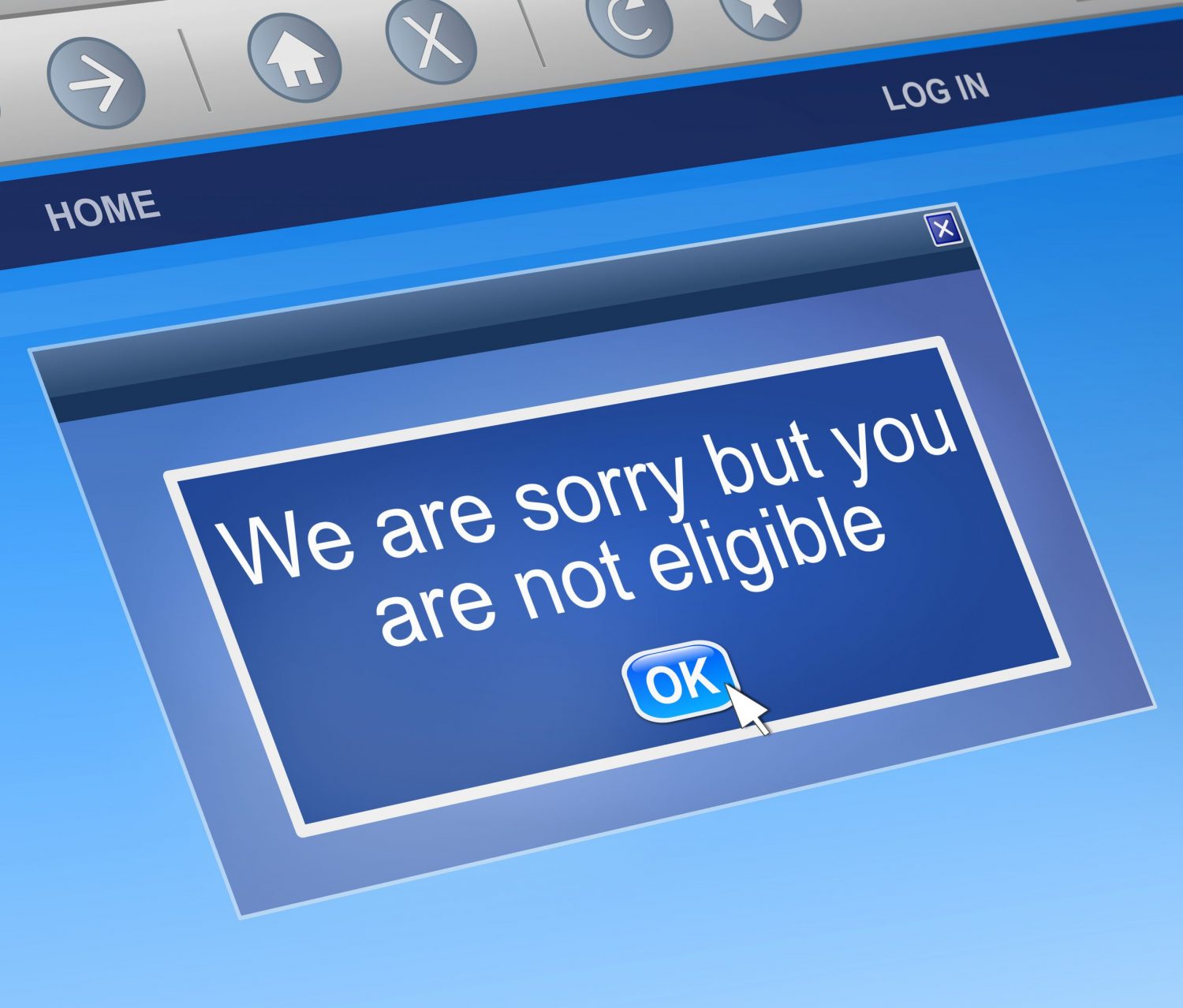The U.S. Department of Education (DOE) offers several forms of income-driven repayment, with income-based student loan repayment (IBR) being the most famous. For graduates who struggle with money and worry that they cannot make their monthly payments, those who qualify for programs like Public Service Loan Forgiveness (PSLF) or the Peace Corps, and those who struggle to maintain employment, income-based student loan repayment is here to help.
The current iteration of the income-based student loan repayment plan adjusts your payments to 10% of your discretionary income. The program went into effect during the Obama administration, so those who borrowed federal student loans after July 1, 2014, qualify for this percentage.
If you are not a new borrower as of that date and seek IBR, your payments will be adjusted to 15% of your discretionary income, unless this amounts to larger monthly payments than you had under the standard 10-year repayment plan.
How Is Income-Based Student Loan Repayment Calculated?
In general, if your annual discretionary income is lower than your federal student loan debt or your debt represents a significant portion of your discretionary income, you qualify for income-based student loan repayment.
The formula used to calculate IBR payments is: either 10% or 15% of your discretionary income (depending on when you took out your loans) divided by 12.
The DOE calculates your discretionary income as the difference between your adjusted gross income (AGI) and 150% of the U.S. Department of Health and Human Services (HHS) Poverty Guideline Amount for your state and family size.
For example: You are single, unmarried, with no children. You live in California, and your AGI is $40,000. You have $45,000 in eligible student loan debt.
- HHS calculates that the poverty amount for the contiguous 48 states and Washington, D.C., is $18,735.
- The difference between your AGI and 150% of the HHS Poverty Guideline is $21,265, which is your discretionary income.
- Then, 10% of your discretionary income is $2,126.50.
- That amount divided by 12 is $177.21, making this your monthly payment under IBR.
Federal Family Education Loans (FFEL), Stafford loans, direct PLUS loans, Perkins and LDS loans, and direct subsidized and unsubsidized loans qualify for IBR. Parent PLUS loans and direct consolidated loans, including a parent PLUS loan, do not qualify for IBR. 
Who Does Not Benefit From Income-Based Student Loan Repayment?
The DOE makes it simple to apply for income-based student loan repayment and other income-driven options online. The application takes about 10 minutes.
If you cannot apply online, contact your loan servicer or the student financial aid department at your school and ask for help applying for this program.
There are some instances in which your student loans do not qualify for IBR, including:
- You have private student loans, not federal student loans
- You defaulted on your student loans
- Your federal student loans are from a program other than the direct subsidized, unsubsidized, or FFEL programs
- You are on another income-based plan, like Pay As You Earn (PAYE)
- You cannot demonstrate partial financial hardship (PFH)
The Pros and Cons of Income-Based Student Loan Repayment Plans
The federal government provides an online repayment estimator, so you can consider whether pursuing an income-based student loan repayment plan will work for you. There are some points to consider aside from the cost adjustment.
Pros
The greatest benefit of income-based student loan repayment is that you can adjust your monthly payment to the federal government to an amount that suits your current income. For some people, this even means you will pay nothing at all.
People who should sign up for IBR include:
- Anyone entering the Peace Corps (you will not have an income while you work with this volunteer organization)
- Anyone pursuing Public Service Loan Forgiveness (PSLF), since you will take a lower-wage public service position so your loans will be forgiven after 10 years
- Anyone entering medical or graduate school who needs more than a standard deferment or forbearance period
- Anyone with high debt, including private student loan debt or credit card debt, and lower income
IBR is considered one of the best income-driven repayment options available from the federal government. Benefits of IBR include:
- Periods of deferment, paying nothing as your monthly bill, and periods repaying under other repayment plans will count toward your total repayment period.
- After 20 or 25 years (depending on the plan you qualify for), any remainder on your federal loan will be forgiven.
- You can still repay your loan early, without penalty, if you are financially able to do so.
- You will never pay more than the original standard 10-year plan amount.
- Payment is tied to your income and family size, so your payments can be adjusted if either changes.
- Interest is postponed until after your partial financial hardship (PFH) no longer exists. Then, interest is capitalized into your principal.
- Interest accruement is partially subsidized for the first three years.
Cons
When you borrow subsidized or unsubsidized federal student loans, the DOE assumes you will repay the loans using the standard 10-year repayment plan unless you state otherwise. When you adjust your repayment plan to IBR, you will pay less every month, but there are cons:
- You will repay your loan over 20 years if you borrowed before July 2014, and over 25 years if you borrowed after July 2014.
- You pay much more money in interest because you take longer paying off your loan.
- There is no limit to how much interest can accrue and be capitalized into your principal later if your income changes.
- If you return to standard repayment after adjusting your income, you will still pay more because interest will be capitalized into the original principal loan amount.
- You must keep signing up every year to recertify your income and family size.
- You pay income tax on whatever amount is forgiven after 20 or 25 years.
Income-Based Student Loan Repayment May Not Be Your Best Option
Even if your current monthly payment is a struggle, there are several reasons that IBR is not the best option for you. However, if your financial struggles are severe and you need to focus your income elsewhere, signing up for income-based student loan repayment makes a lot of sense.
It is important to know that you will spend more time repaying your loans, and you will ultimately pay far more than the original loan with interest. But the short-term relief of smaller monthly payments can be a huge benefit.

